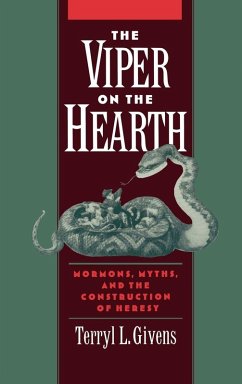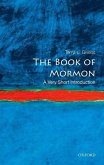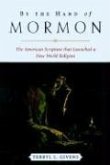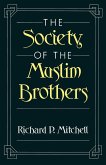Nineteenth-century American writers frequently cast the Mormon as a stock villain in such fictional genres as mysteries, westerns, and popular romances. The Mormons were depicted as a violent and perverse people - the 'viper on the hearth' - who sought to violate the domestic sphere of the mainstream. While other critics have mined the socio-political sources of anti-Mormonism, Givens is the first to reveal how popular fiction, in its attempt to deal with the sources and nature of this conflict, constructed an image of the Mormon as a religious and social 'Other'.
The Viper on the Hearth is the first full-length study to look at representations of Mormonism in popular fiction, enhancing our understanding of the religion's vexed relationship to American society. The book reconsiders the nature of Mormonism's encounter with mainstream religion, and asks how a category like "heresy" can operate in a pluralistic society. Examining the ways in which Mormons have been portrayed in popular culture, Givens's study demonstrates how fiction can respond to cultural conflicts and anxieties by refashioning heresy into a more appropriate target for moral and political crusades.
The Viper on the Hearth is the first full-length study to look at representations of Mormonism in popular fiction, enhancing our understanding of the religion's vexed relationship to American society. The book reconsiders the nature of Mormonism's encounter with mainstream religion, and asks how a category like "heresy" can operate in a pluralistic society. Examining the ways in which Mormons have been portrayed in popular culture, Givens's study demonstrates how fiction can respond to cultural conflicts and anxieties by refashioning heresy into a more appropriate target for moral and political crusades.









